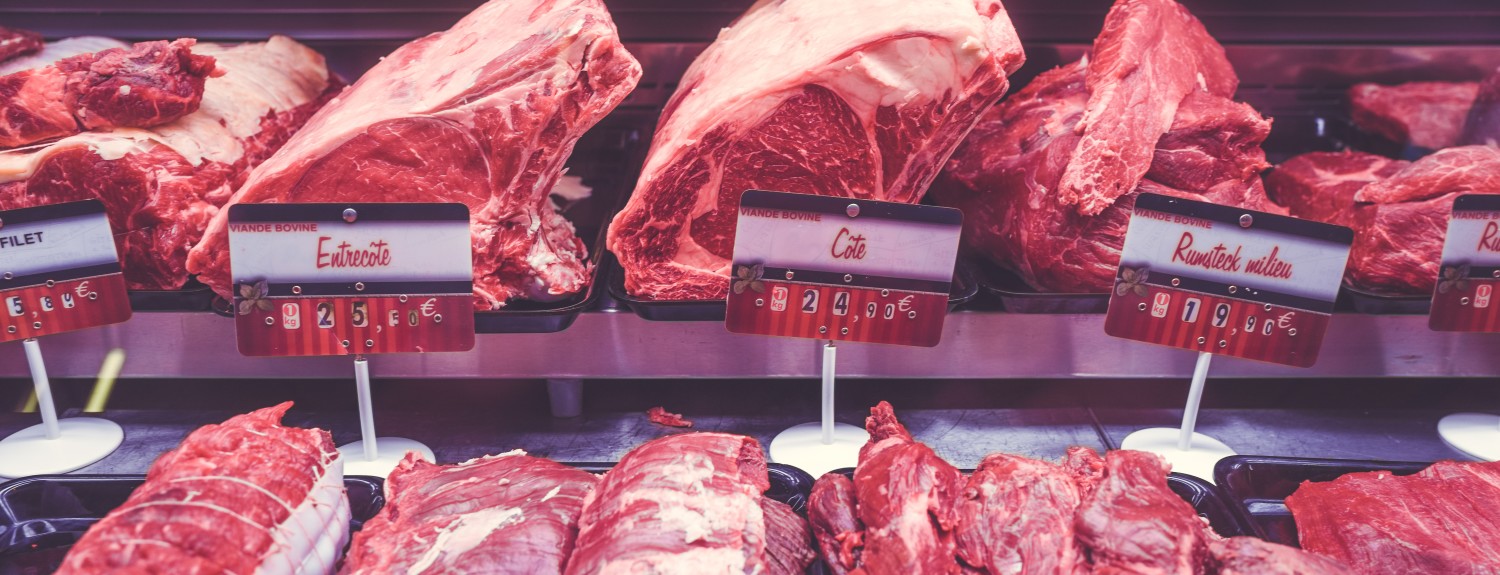You can’t get between an American and their steak. For instance, take this group of deployed U.S. troops that was ambushed by the Taliban mid-cookout in 2011. Bullets fly, but the soldiers keep grilling as if they are at a family Memorial Day cookout instead of in Afghanistan.
Memorial Day is nigh, and it’s likely that you actually will be at a family barbecue far from the threat of the Taliban or ISIS. You have the luxury of cooking premium steaks until tender and juicy in the safety of your backyard. Here’s how it’s done.
Select Your Meat
Not all steaks are made equally. No matter if you are searing a high-end ribeye or a short rib, look out for these qualities in your meat.
– Well-marbled. Marbling refers to intramuscular fat in your meat (aka those light-colored swirls on your raw steak). When cooking a well-marbled steak, the fat will melt and make your meat juicier and tastier.
– Prime, Choice, Select or Canner? All beef sold in the U.S. is rated on this scale. Prime beef is highest quality, Canner beef is the lowest. Obviously a Prime piece of meat will probably taste and cook the best, but it will also be more expensive. Consider your budget and how many people you are cooking for when choosing meat.
– Grass-fed vs. Grain-fed. Surprisingly, this distinction has an impact on the taste and safety of your beef. According to the Food Lab, grass-fed cows are less likely to have E.Coli. On the other hand, grain-fed beef tastes better. In the end, it’s your choice.
Keep in mind that as a member of the military community, you have certain privileges in the meat-world. You can get prime meat from Omaha Steaks for 10 percent off by verifying your military status through Troop ID.
The Game Plan
A perfectly cooked steak is the product of the right internal temperature, cooking time and meat thickness. This chart from Omaha Steaks can help you determine how long and how hot you should cook your meat.
Cooking your meat too long or too hot can sap your lovely streak of all its delicious juices. Here’s how much liquid your meat loses at each internal temperature, courtesy of the Food Lab:
Other Tips:
– Salt your steak long before you start grilling. In restaurants, chefs salt their steaks immediately before throwing it on the grill because they don’t have the time to let the salt soak into the meat. For a Memorial Day cookout, you have all weekend to prepare. Apply kosher salt to your meat at least 40 minutes before cooking.
– Turn steaks with tongs. If you are putting all this effort into cooking a juicy steak, why would you puncture it with a barbecue fork and drain out the fluid? Save that precious juice and use tongs to turn your steaks instead.
– Let your meat rest on a warm plate before you serve it to the family. Steak fresh off the grill will taste tough and leathery, so give it a few minutes to relax. Your family will thank you for it.






































